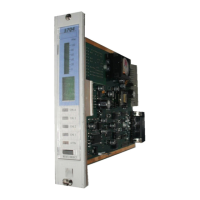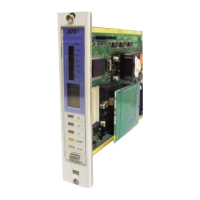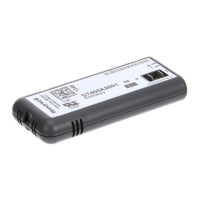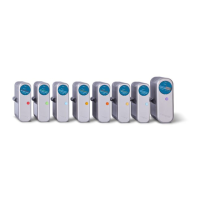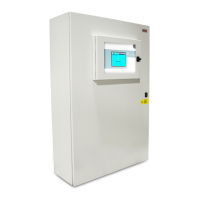ENGINEERING MANUAL OF AUTOMATIC CONTROL
VALVE SELECTION AND SIZING
431
Ball valves provide tight shut-off, while full port
models have low flow resistance, and reduced port
models can be selected for modulating applications.
Butterfly valve: A valve with a cylindrical body, a shaft, and a
rotating disc (Fig. 4). The disc rotates 90 degrees from
open to closed. The disc seats against a resilient body
liner and may be manufactured for tight shut-off or
made smaller for reduced operating torque but without
tight close-off. Butterfly valves are inherently for two-
way operation. For three-way applications, two
butterfly valves are assembled to a pipe tee with link-
age for simultaneous operation.
Globe valve: A valve which controls flow by moving a circular
disk against or away from a seat. When used in
throttling control a contoured plug (throttling plug)
extends from the center of circular disk through the
center of the seat for precise control (Fig. 1).
Pilot-operated valve: A valve which uses the differential
between upstream and downstream pressure acting on
a diaphragm or piston to move the valve plug. Pilot-
operated valves are suitable for two-position control
only. The valve actuator exerts only the force necessary
to open or close the small pilot port valve that admits
fluid flow into the diaphragm or piston chamber.
Reduced-Port valve: A valve with a capacity less than the
maximum for the valve body. Ball, butterfly, and
smaller globe valves are available with reduced ports
to allow correct sizing for good control.
Screwed-end connection: A valve with threaded pipe
connections. Valve threads are usually female, but male
connections are available for special applications. Some
valves have an integral union for easier installation.
Single-seated valve: A valve with one seat, plug, and disc. Single-
seated valves are suitable for applications requiring tight
shut-off. Since a single-seated valve has nothing to
balance the force of the fluid pressure exerted on the
plug, it requires more closing force than a double-seated
valve of the same size and therefore requires more
actuator force than a double-seated valve.
Three-way valve: A valve with three ports. The internal design
of a three-way valve classifies it as a mixing or
diverting valve. Three-way valves control liquid in
modulating or two-position applications and do not
provide tight shut-off.
Two-way valve: A valve with one inlet port and one outlet
port. Two-way valves control water or steam in two-
position or modulating applications and provide tight
shut-off in both straight through and angle patterns.
VALVE MATERIAL AND MEDIA
Valves with bronze or cast iron bodies having brass or
stainless steel trim perform satisfactorily in HVAC hydronic
systems when the water is treated properly. Failure of valves in
these systems may be an indication of inadequate water
treatment. The untreated water may contain dissolved minerals
(e.g., calcium, magnesium, or iron compounds) or gases (e.g.,
carbon dioxide, oxygen, or ammonia). Inadequate treatment
results in corrosion of the system. Depending on the material
of the valve, the color of the corrosion may indicate the
substance causing the failure (Table 1).
Fig. 4. Butterfly Valve.
Double-seated valve: A valve with two seats, plugs, and discs.
Double-seated valves are suitable for applications where
fluid pressure is too high to permit a single-seated valve
to close. The discs in a double-seated valve are arranged
so that in the closed position there is minimal fluid
pressure forcing the stem toward the open or closed
position; the pressure on the discs is essentially balanced.
For a valve of given size and port area, the double-seated
valve requires less force to operate than the single-seated
valve so the double-seated valve can use a smaller
actuator than a single-seated valve. Also, double-seated
valves often have a larger port area for a given pipe size.
A limitation of double-seated valves is that they do not
provide tight shut-off. Since both discs rigidly connect
together and changes in fluid temperature can cause
either the disc or the valve body to expand or contract,
one disc may seat before the other and prevent the other
disc from seating tightly.
Flanged-end connections: A valve that connects to a pipe by
bolting a flange on the valve to a flange screwed onto
the pipe. Flanged connections are typically used on
large valves only.
M12247
BODY
DISC
RESILIENT
SEAL
STEM

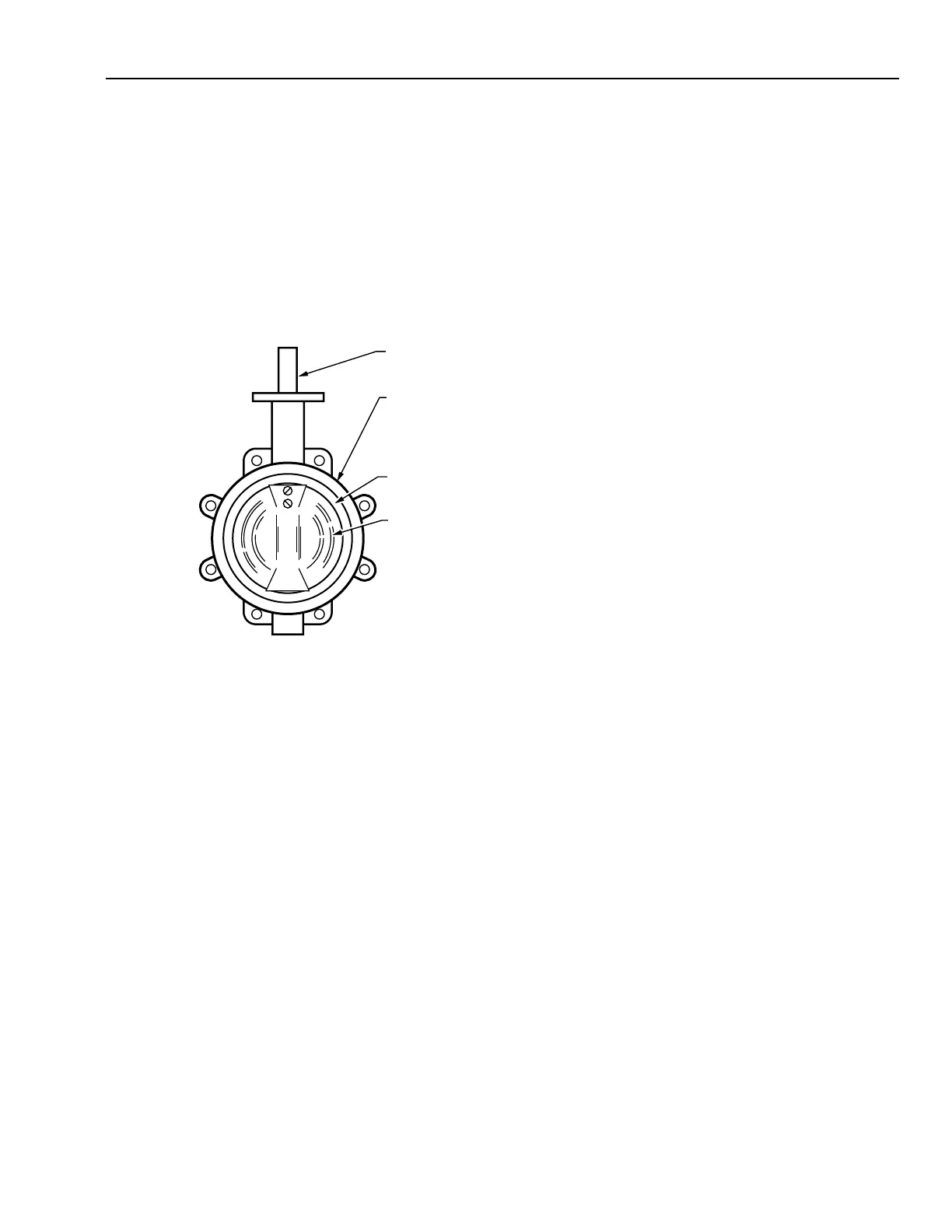